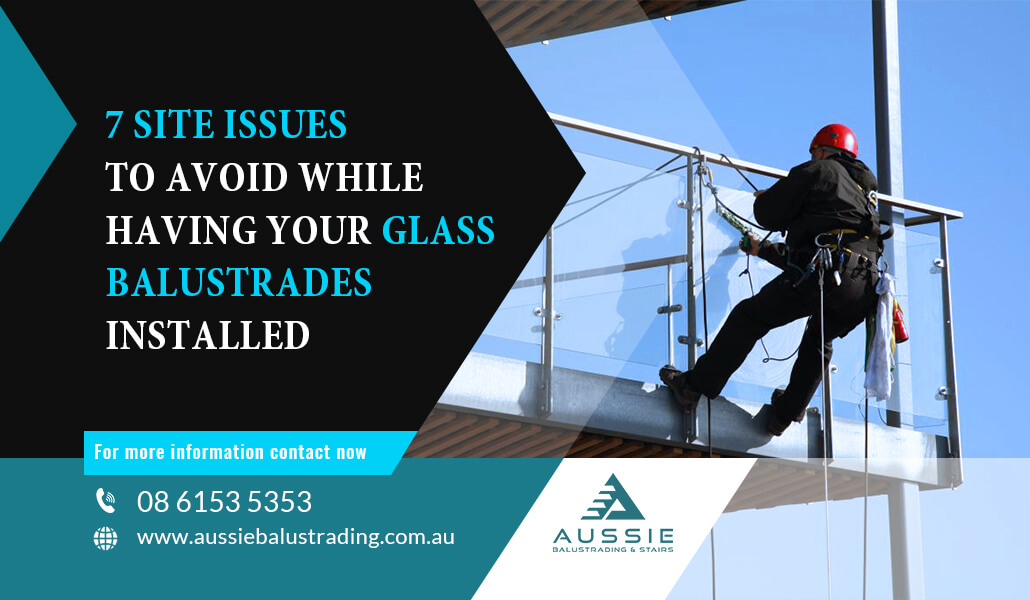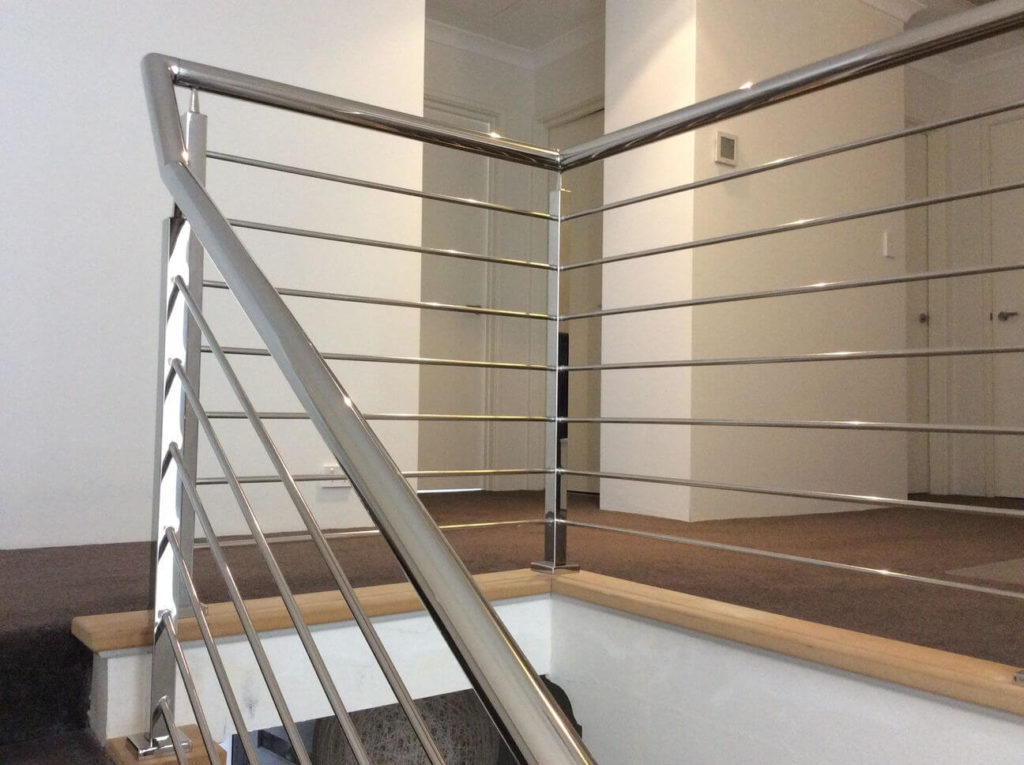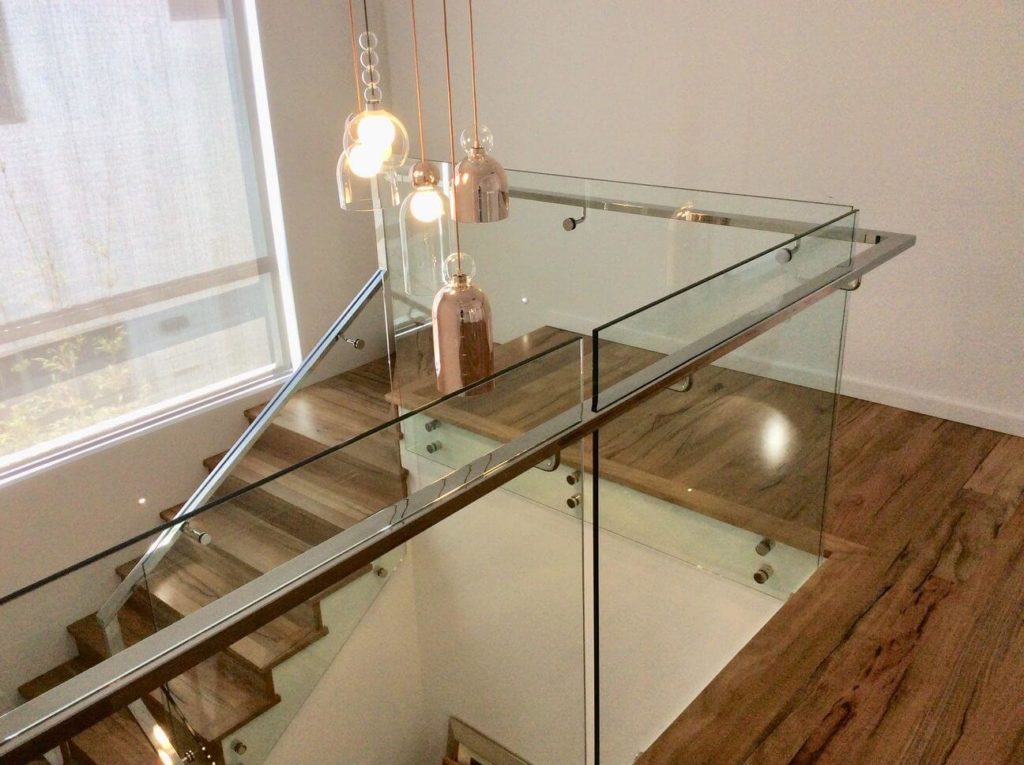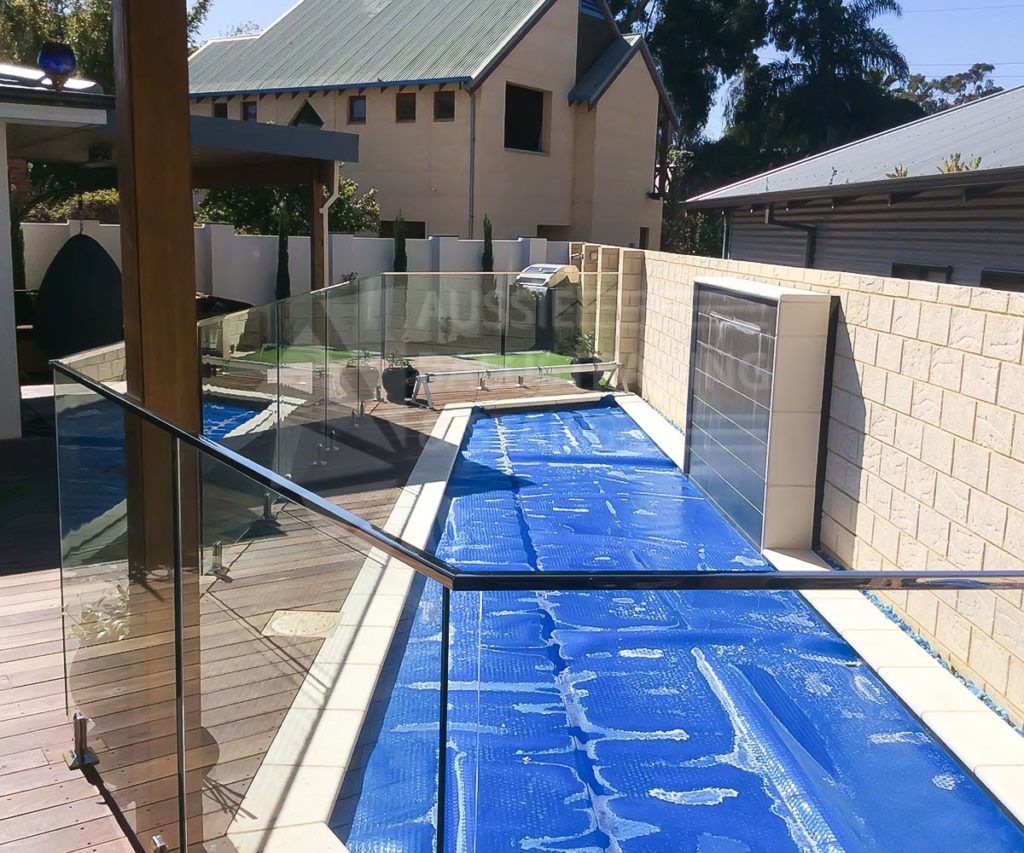It is vital for builders to keep construction costs low and their lead times competitive within the market. Unfortunately, some factors contribute to delays, especially when installing glass balustrades.
Read on to learn about each of them and how you can address them to avoid spending a fortune on additional costs.
Electric Cables and Water Pipes
Your balustrade installation can be affected by cables and pipes that are too close to your slab or wall surface. Any electric cables and water pipes must be positioned at least 200 mm from where your balustrade or handrail will be installed. Paying attention to the distance from electric lines is especially critical since you want to avoid dangerous accidents during the installation.
Floating Timber Floors
Floating floors, which have a foam underlay, may cause dipping and introduce structural damage to your balustrade. To avoid spending precious time and money on fixing this, it is best to let your contractor know about your flooring system so they can come prepared with the necessary materials and methods.
Improperly Laid Tiles
You will know right away that your tiles were not correctly installed if you hear a “drummy” sound from them. This is due to the adhesive not bonding properly. And because this condition may lead to the cracking or lifting of your tiles, the installer may not be able to install your balustrade. This scenario can cause a delay because the tiles will have to be refitted first.
Inadequate Timber Support
This scenario is common with balconies and decks where the timber beam at the edge does not have enough width to support your balustrade posts. If you are faced with this issue, we recommend laying extra timbers between the joists before installing the glass balustrade for sufficient support.
Pillar Gaps
According to BCA Codes, any gaps on a stair balustrade or balcony must not exceed 125 mm, and this standard applies to pillar gaps as well. If at least one gap is wider, a small piece of the balustrade may have to be installed to conform with the necessary regulations. This installation is labour intensive, adds costs, and causes a delay in your overall construction. To avoid dealing with this issue, reduce the gap between pillars to less than the 125 mm standard even during your planning phase.
Polystyrene Walls
Polystyrene foam is typically used as the more energy-efficient building alternative to brickwork. Keep in mind, though, that this material is more fragile and can lead to issues related to supporting your glass balustrade on your balcony or stairs. Since polystyrene walls are not the preferred option over direct concrete installation, you should fit additional timbers behind the foam you will use to ensure proper strength and support.
Lack of Preparation
Installing your balustrade in an unprepared site can lead to time wastage, delay, and additional fees. This is why you must pay attention to factors such as access, power, flooring, and painting in the area before calling up professionals to install your balustrade. Even better, you can plan these things with your contractor during the design stage to ensure a smooth process.
Conclusion
To prevent any of the above-mentioned issues from affecting the installation of your
glass balustrade, you must employ the right professionals to do the work for you.
If you are on the lookout for a trusted balustrade supplier, turn to Aussie Balustrading and Stairs. We sell and install steel and stainless steel stairs, wireless balustrading, residential handrails, commercial handrails, and more. Get a quote today!




